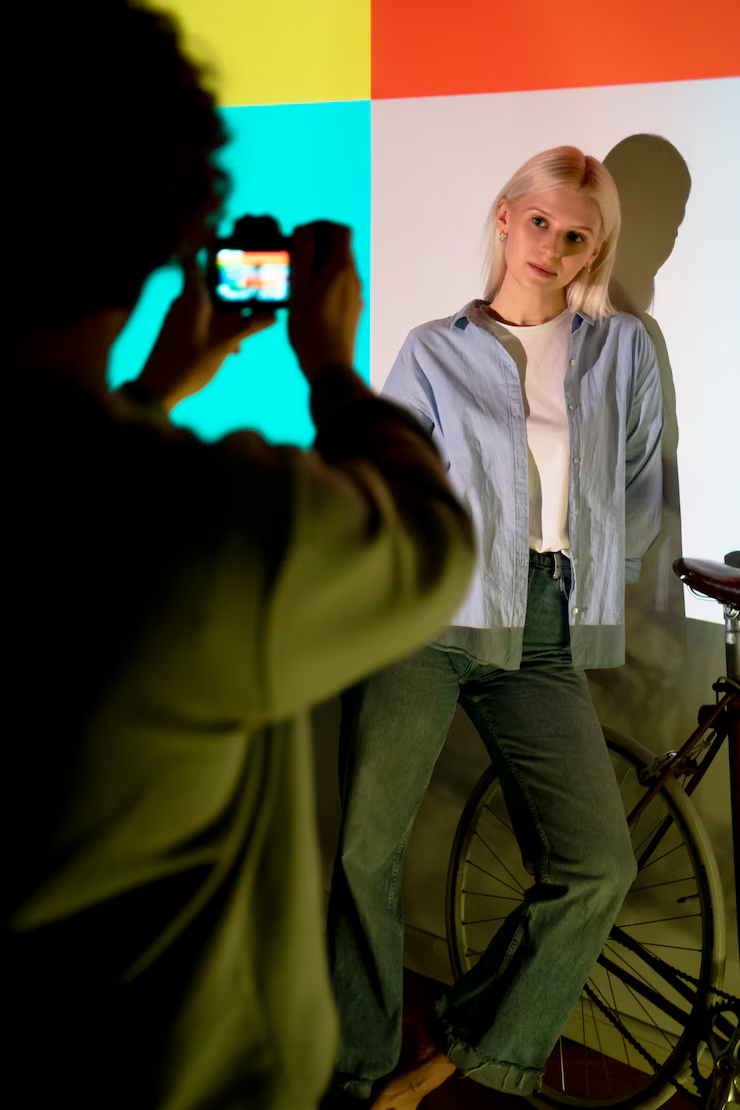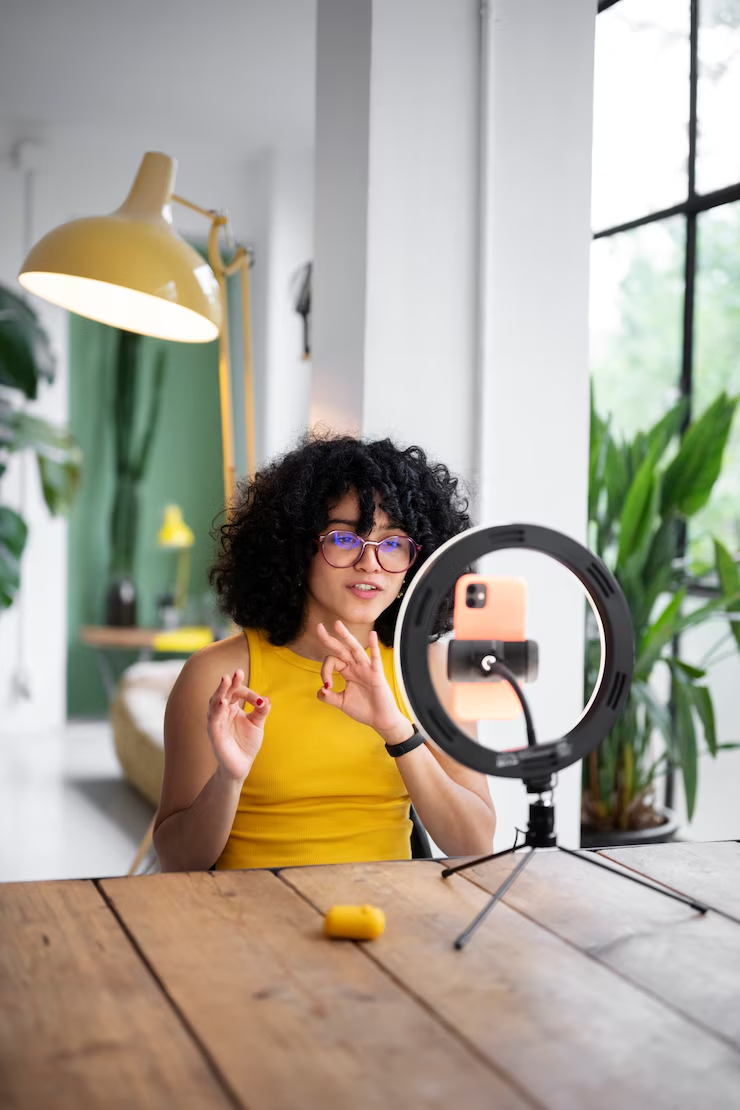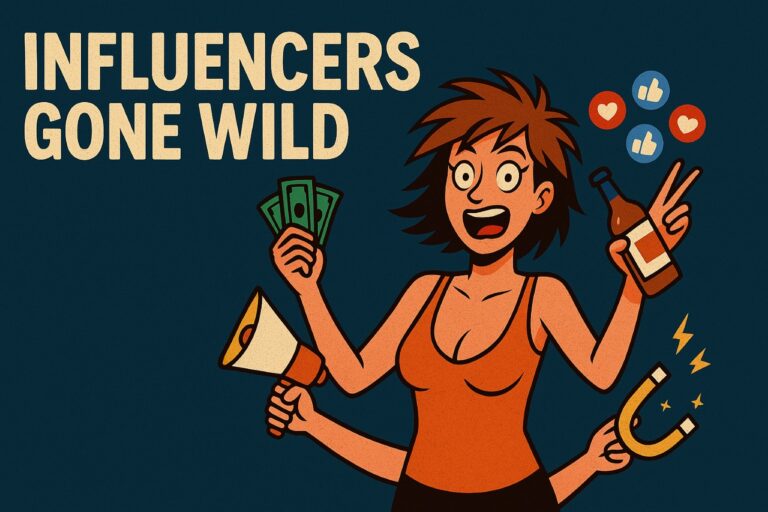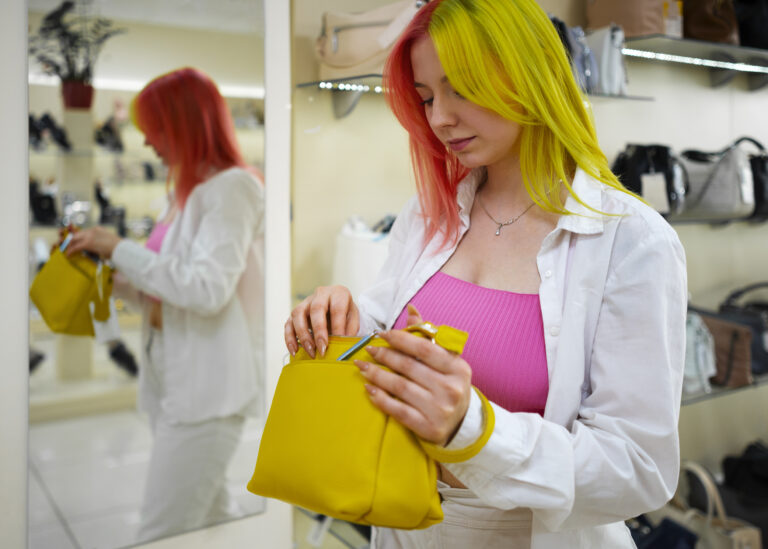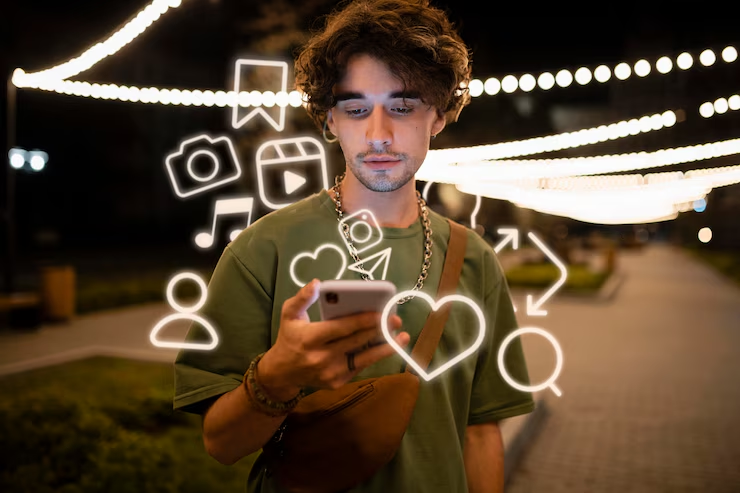Influencersgonwild: A Deeper Look at Fame, Pressure, and Responsibility in the Digital Age
Introduction
Influencersgonwild is a modern internet expression that describes the moment when social media influencers cross boundaries sometimes comically, sometimes alarmingly in pursuit of attention, relevance, or fame.
Whether it’s a chaotic livestream, an inappropriate post, or a dangerous stunt, these episodes aren’t just random lapses in judgment. They reveal the emotional, psychological, and economic pressures behind the influencer industry.
In this article, we’ll explore what “Influencersgonwild” really means, why it’s happening, and what it says about our evolving relationship with content, visibility, and accountability.
What Does “Influencersgonwild” Mean?
Defining the Trend
At its core, Influencersgonwild is a shorthand for moments when influencers behave in unexpected, erratic, or unethical ways often publicly and often on camera.
It doesn’t refer to harmless goofiness or entertainment. It points to something more jarring:
- Outbursts during livestreams
- Dangerous or illegal stunts
- Public meltdowns
- Deceptive or offensive content
The term is commonly used in digital commentary spaces Reddit, Twitter/X, reaction videos as a label for when influencers “lose the plot.”
Where It Comes From
The phrase is inspired by the old “Girls Gone Wild” media trope, but in the influencer world, it takes on new dimensions. It’s not about party footage, it’s about what happens when someone’s digital persona spins out of control in real time.
Why Do Influencers Go ‘Wild’?
Performance Pressure and Burnout
Being an influencer often means living a public-facing life, where every post, comment, and facial expression is scrutinized. Over time, this can lead to:
- Exhaustion
- Over-sharing
- Emotional volatility
Burnout isn’t always quiet. Sometimes it erupts.
The Economics of Virality
Content that sparks outrage or surprise gets shared the most.
Influencers are incentivized to push the envelope because:
- Views mean revenue
- Drama drives clicks
- Trends reward risk-taking
Identity Confusion
Over time, some influencers lose the boundary between their real selves and their online brand. This blurring can cause disconnection, impulsive actions, or emotional breakdowns on camera.
The persona becomes a pressure cooker.
Platform Algorithms and Competition
Social platforms reward what keeps users engaged. That means:
- The louder the better
- The more controversial the better
- The faster the content, the more visible it becomes
For creators chasing growth, the algorithm can feel like a demanding boss one that only pays in attention.
Examples of “Influencersgonwild” Moments
Reckless Public Behavior
Some influencers have filmed themselves:
- Vandalizing property
- Harassing strangers for pranks
- Climbing restricted structures
These stunts are often justified as “content,” but they risk real-world harm.
Cultural Insensitivity or Misrepresentation
Influencers traveling abroad have been criticized for:
- Disrespecting sacred sites
- Stereotyping local communities
- Treating cultural traditions as “aesthetic” backdrops
Intent may not always be malicious, but ignorance spreads fast.
Emotional Livestream Outbursts
Creators have gone live during personal conflicts, meltdowns, or while under the influence. These clips often go viral not because they’re meaningful, but because they’re messy.
Deceptive Sponsorships or Scams
Some influencers promote:
- Unregulated health products
- Crypto schemes
- Fake giveaways
In many cases, followers are left financially or emotionally hurt especially younger or less media-savvy fans.
The Consequences of Going Wild
Influencer
- Public backlash
- Loss of brand partnerships
- Shadowbanning or deplatforming
- Mental health deterioration
Reputation, once damaged online, is hard to rebuild. Screenshots and clips rarely go away.
Audience
- Erosion of trust in influencers and creators
- Increased cynicism about online authenticity
- Risk of imitation, especially among teens and younger followers
Industry
- Brands are growing more hesitant, which limits chances for ethical content creators to collaborate.
- Platforms tighten moderation policies
- Creators with integrity are forced to “compete” with those prioritizing shock value
Psychological and Emotional Roots
Dopamine Loops
Every like, comment, and share triggers a chemical reward in the brain. This creates a feedback loop where creators feel driven to top their last post no matter the cost.
Isolation and Echo Chambers
As influencers grow, they may become surrounded by fans and managers who agree with everything they say. Without honest feedback, poor decisions can snowball unchecked.
Parasocial Expectations
When followers feel emotionally connected to creators, the influencer may feel pressured to live up to unrealistic standards or to overshare private pain.
How Influencers Can Avoid the Spiral
Create Clear Boundaries
Not everything needs to be content. Protect your personal life, your values, and your mental health with firm internal guidelines.
Seek Real-Life Feedback
Surround yourself with friends or mentors who will tell you the truth not just fans who want a shout-out.
Take Digital Detox Breaks
Rest isn’t lazy, it’s necessary. Content created from a place of burnout will reflect that fatigue.
Make Mistakes, Then Make Amends
If a post crosses a line, acknowledge it. Honest, specific apologies carry more weight than deleted tweets.
What Audiences Can Do
Support Substance, Not Spectacle
Give your attention to creators who make thoughtful, inspiring, or meaningful work not just those going viral for the wrong reasons.
Speak Up, Respectfully
It’s okay to call out harmful behavior, but avoid dehumanizing influencers. Accountability should never become harassment.
Be Self-Aware
Ask yourself why you’re drawn to certain content. Are you watching for entertainment, or because it’s emotionally stirring something deeper?
What Platforms and Brands Should Do
Platforms Must:
- Improve algorithmic transparency
- Deprioritize shock-value engagement
- Provide mental health tools for creators
- Enforce community standards fairly
Brands Must:
- Evaluate influencers based on their values and integrity, not merely their audience size.
- Prioritize long-term influence over short-term hype
- Support campaigns with creators who demonstrate responsibility and awareness
Positive Influencer Role Models
Lilly Singh
Stepped back to address burnout, later returned with more grounded, thoughtful content.
Hank Green
Balances humor and science communication while maintaining transparency and approachability.
Kaitlyn Bristowe
Former reality star turned podcaster who openly discusses mental health, boundaries, and personal growth with vulnerability and respect.
Conclusion: Influence Doesn’t Have to Be Wild
The phrase Influencersgonwild may seem humorous at first, but it reflects something deeper a collective unease about how attention, validation, and identity collide in the digital age.
But we’re not powerless.
Creators can protect their peace. Viewers can reward integrity. Platforms and brands can prioritize care over chaos.
Shaping influence moving forward doesn’t need to be irresponsible.
It can be thoughtful. Intentional. Human.
And maybe that’s the kind of influence worth following.
Next Steps
- If you’re a creator: Take a pause. Reconnect with your values. Your peace matters.
- If you’re a viewer: Ask more from the content you consume. Support what reflects who you want to be.
- If you’re a platform or brand: Build your business around trust not turbulence.
Together, we can redefine what it means to go viral and what it means to stay grounded.

